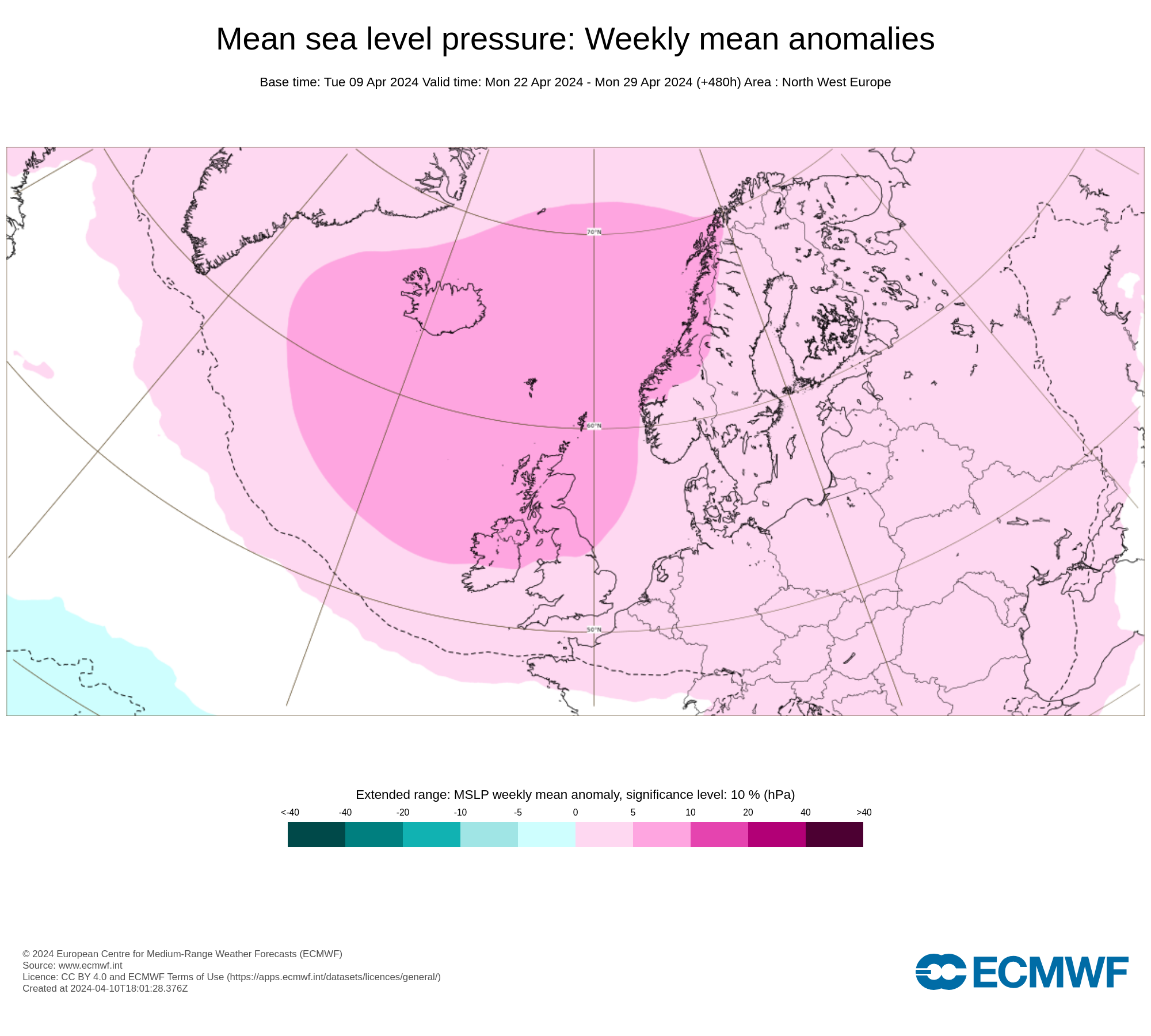Space X craft will cross over Ireland early tonight on it way to the international space station
The SpaceX Crew Dragon spacecraft, atop a Falcon 9 rocket, on Pad 39A at the Kennedy Space Center in Florida on Wednesday. Credit...Steve Nesius/Reuters
SpaceX is set to mark a huge milestone in its own company history, with a first-ever crewed spaceflight set to take off from Cape Canaveral in Florida this evening Irish time. The mission is Commercial Crew Demo-2, the culmination of its Crew Dragon human spacecraft development program, which will carry NASA astronauts Doug Hurley and Bob Behnken to the International Space Station.
The mission’s first launch attempt on Wednesday was called off with less than 17 minutes remaining on the countdown clock due to stormy weather around the Kennedy Space Center at Cape Canaveral.
The launch is currently set to take off from Kennedy Space Center at 8.22pm Irish time though that’ll depend on weather conditions with a 50/50 chance . The craft will cross Ireland, just below the moon, at around 8.42pm 20 minutes after launching. If you live across the south of Ireland this the craft will cross in front of the moon.
Note that the sun will not have set at this stage and it may be hard to see with the naked eye.
The weather forecast is not most promising. Weather forecasts currently give a 50 percent chance of favorable conditions at the launch site. The next opportunity on Sunday is slightly better, with a 60 percent chance of favorable conditions; if that doesn’t work, they will try yet again on Tuesday.
This will be the first-ever crewed spaceflight for SpaceX, and it will also make history as the first U.S.-based human rocket launch since the end of the Space Shuttle program in 2011. NASA undertook the Commercial Crew program in 2010 to seek public-private partnerships to return its launch capabilities, eventually selecting both SpaceX and Boeing to design and develop spacecraft rated for human flight. SpaceX is the first from this program to make a crewed launch attempt.
The Demo-2 mission is essentially the final test phase of Crew Dragon, after which it and Falcon 9, the rocket that carries it to orbit, will be certified for regular operational use by NASA. That means it will begin offering regular transportation services for astronaut crew to and from the International Space Station, joining Russia’s Soyuz as a means to travel to the orbital science platform.
Meanwhile, SpaceX has already begun plans to also offer berths on Crew Dragon to private citizens and potentially commercial scientists and other passengers. That’s part of the reason behind the Commercial Crew program to begin with – NASA was seeking to lower the cost of transportation for its astronauts to space by making seats available to other paying customers to offset launch and flight expenses.
The spacecraft will be capable of staying in orbit for at least 210 days.
When it is time to return, the Crew Dragon will autonomously undock with Mr Behnken and Mr Hurley on board and depart the space station.
Shortly after firing up its engines to re-enter the Earth’s atmosphere, the spacecraft will deploy four parachutes to slow its descent and splash down in the Atlantic Ocean, just off the coast of Florida.
SpaceX’s recovery ship, called Go Navigator, will be waiting nearby to retrieve the duo and ferry them to Cape Canaveral.














